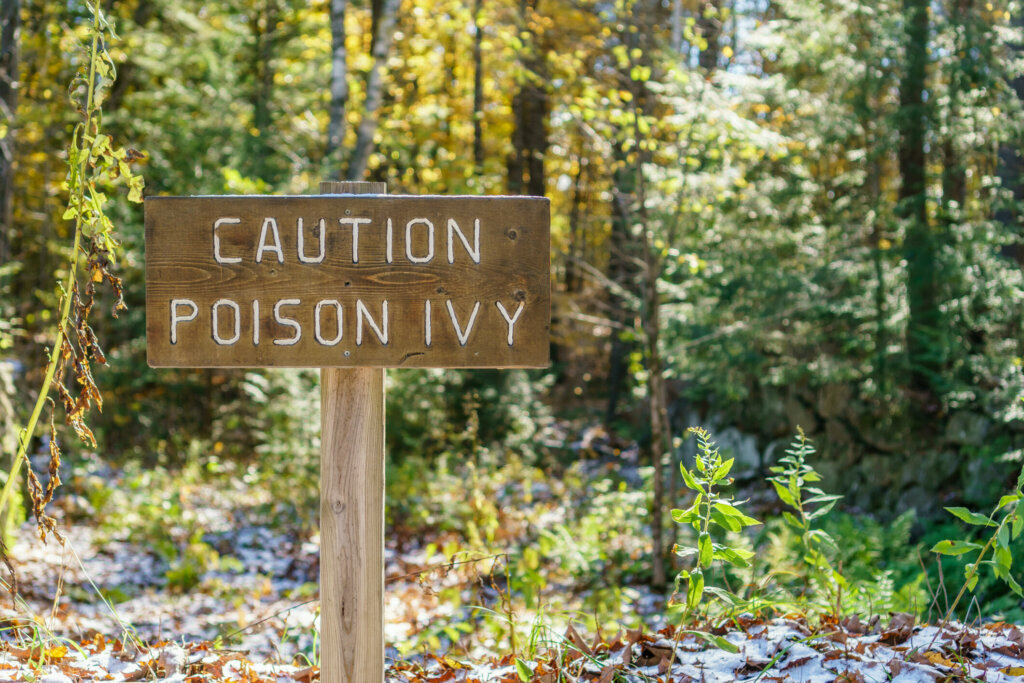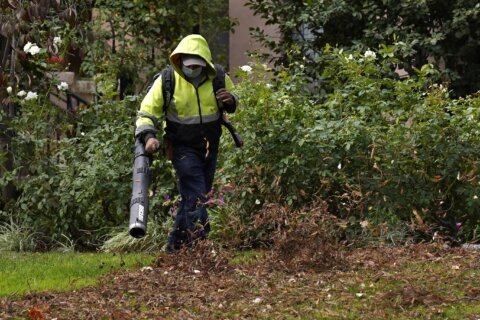
Scanning yards and recreation areas for poison ivy plants to remove now is a good way to help avoid exposure to oils that can cause unpleasant rashes, but there is a longer-term method for eradication, according to a Northern Virginia horticulturist.
“The best time to control poison ivy is to get rid of it when it’s small. Don’t let it persist to get bigger. But, I would say the best time to treat poison ivy is in the fall,” said Adria Bordas, horticulture extension agent for Fairfax County in the Virginia Cooperative Extension.
Poison oak and poison sumac also carry potentially irritating oils, but Bordas said poison ivy is more common in the mid-Atlantic area, where it can be a persistent weed that gets quite large.
But, Bordas said, those looking to get rid of the plant can use its physiology against itself.
During the months of August and September, as the plant prepares to store carbohydrates for winter, you can trick it into carrying weed killer down to its roots. Cut the plant and use an applicator sponge to apply glyphosate weed killer to the cuts.
“And, it will soak that back down to the root system, thinking it’s taking back its carbohydrates, but it really is taking that weed killer down to the roots,” Bordas said.
Going after smaller plants now, Bordas recommends using disposable latex type gloves or grocery bags to cover your hands to try to pull the plant up by the roots. Don’t forget that dead plants still carry oils that can irritate skin.
Bordas recommends wearing long sleeves and pants when in areas where exposure to poison ivy is possible, but also notes oils can be spread by strong winds. It can be carried inside on pets. And the oils can be absorbed by clothing that then spreads it over skin.
If you suspect exposure, act fast.
“You have roughly about 10 to 20 minutes to get inside and clean it off,” Bordas said, and recommended washing up using cool — not hot — water and soap with a wash cloth.
Bordas said products such as Tecnu can be used to wash clothes, work gloves, garden tools and skin free of poison ivy oils.
Finally, Bordas said, you should realize that poison ivy isn’t the only potentially problematic plant you might encounter in your yard. You also can get itchy rashes from rubbing up against azaleas and wisteria, she said.








